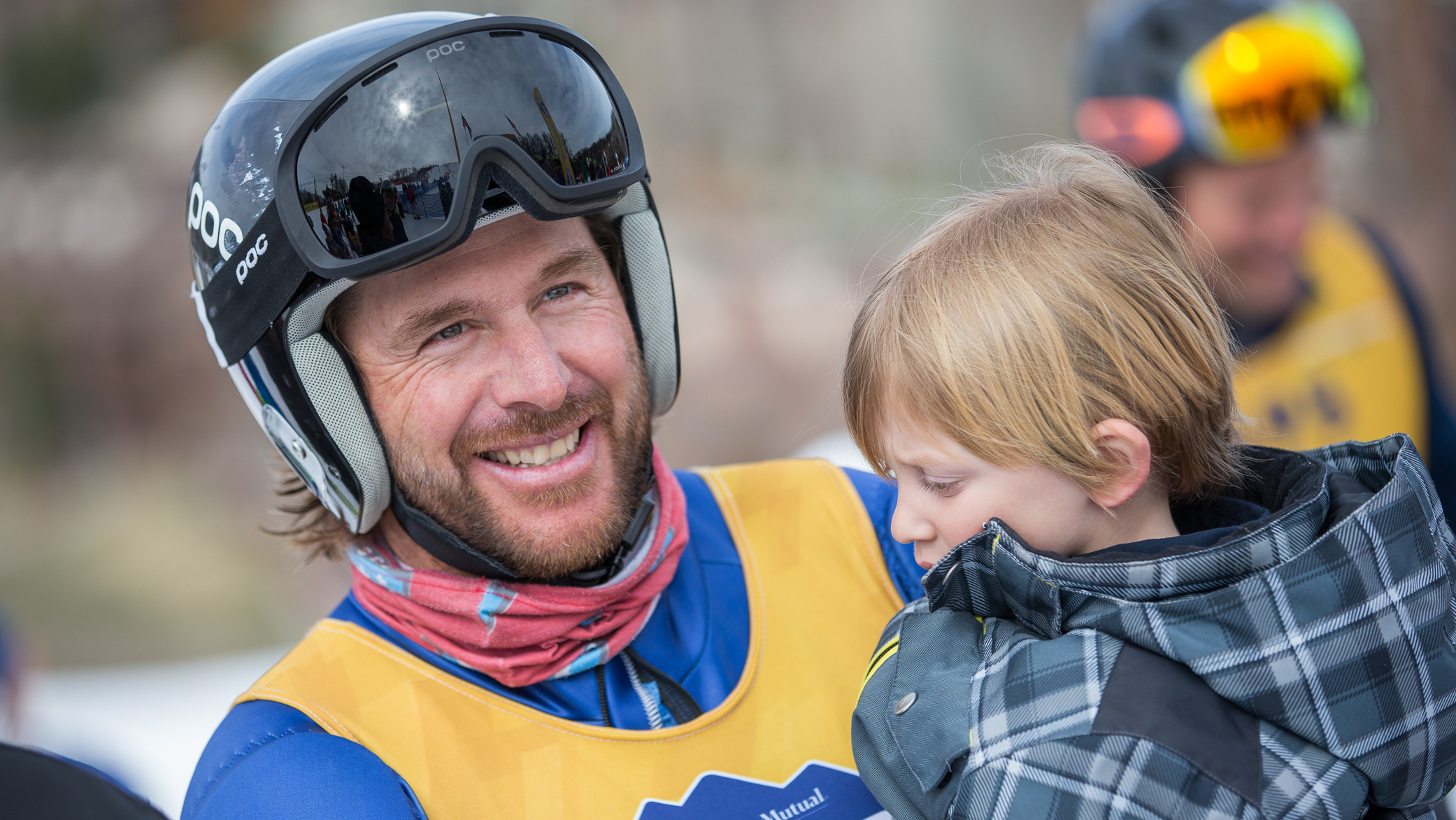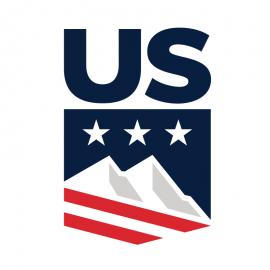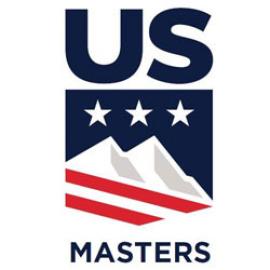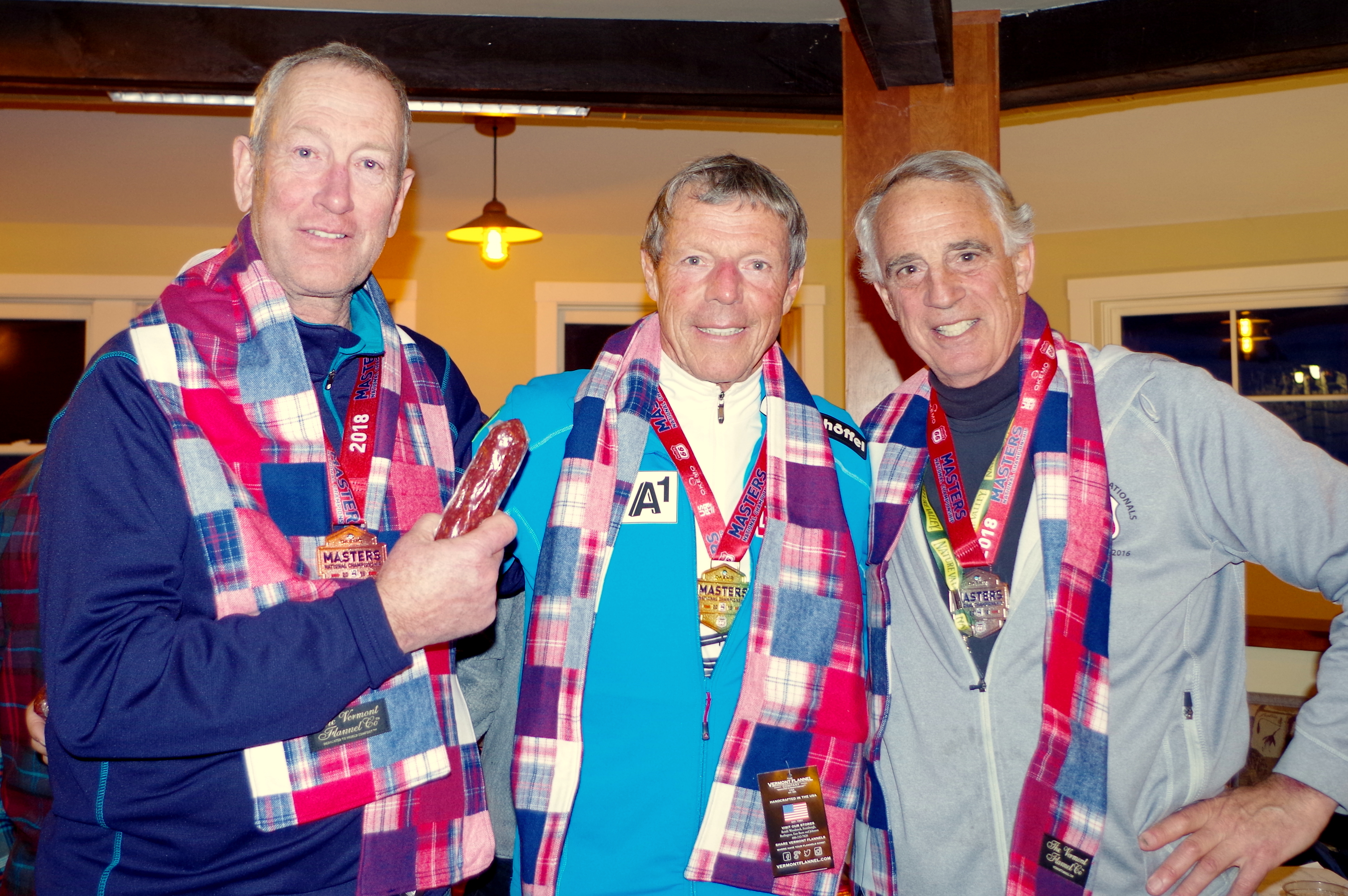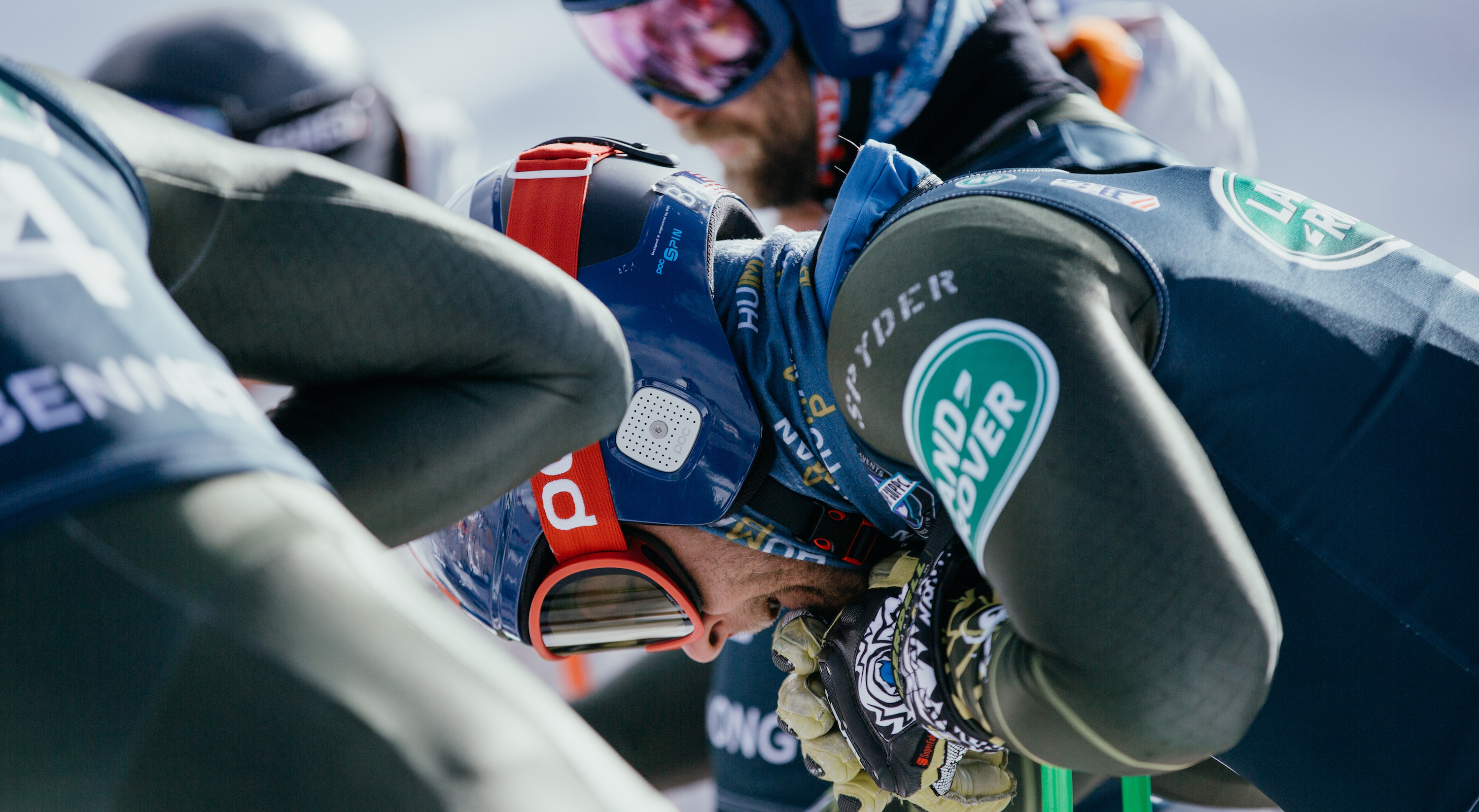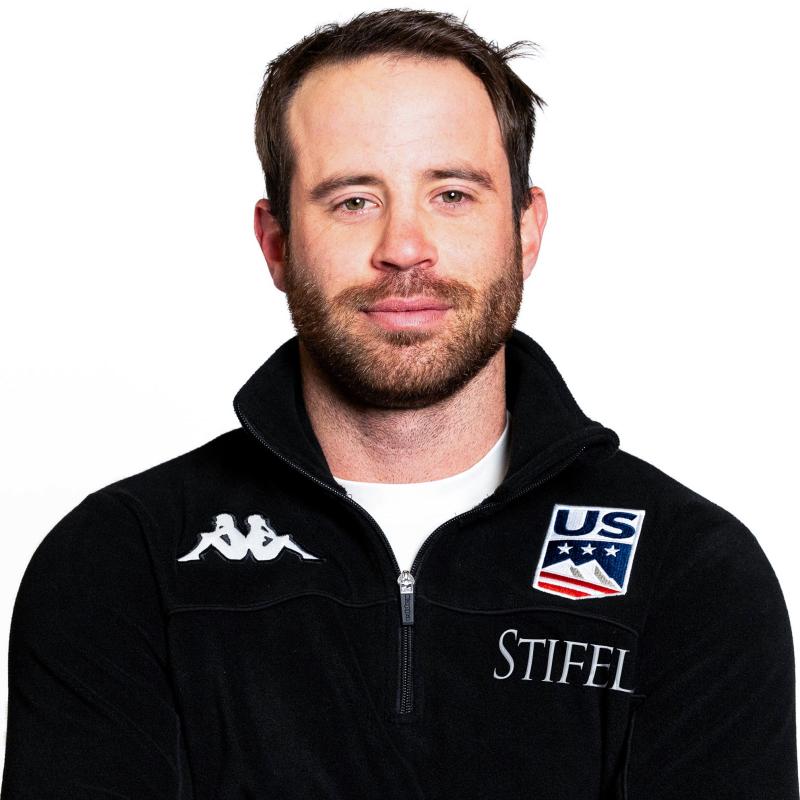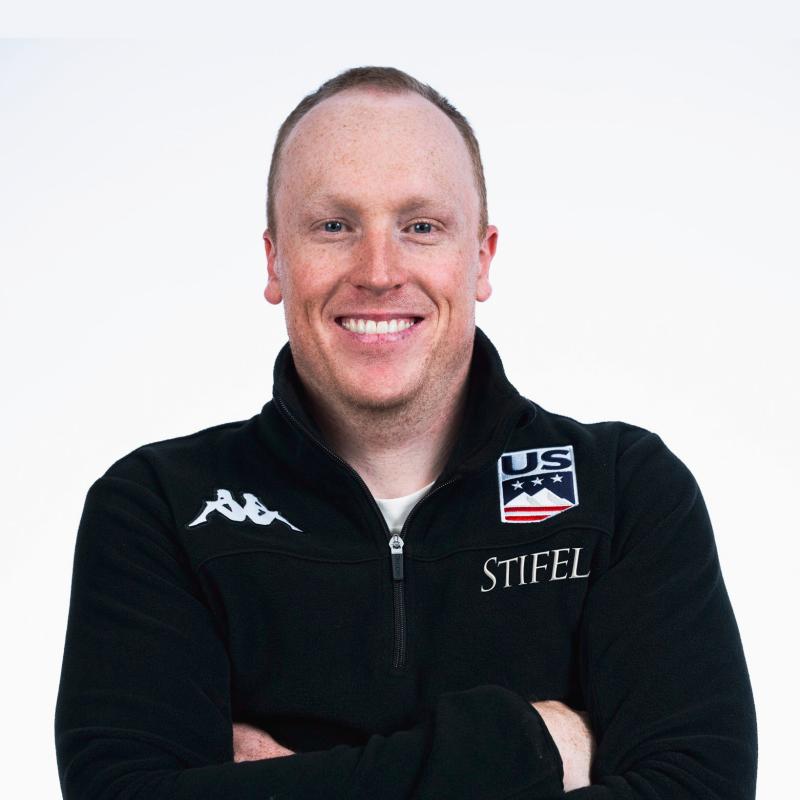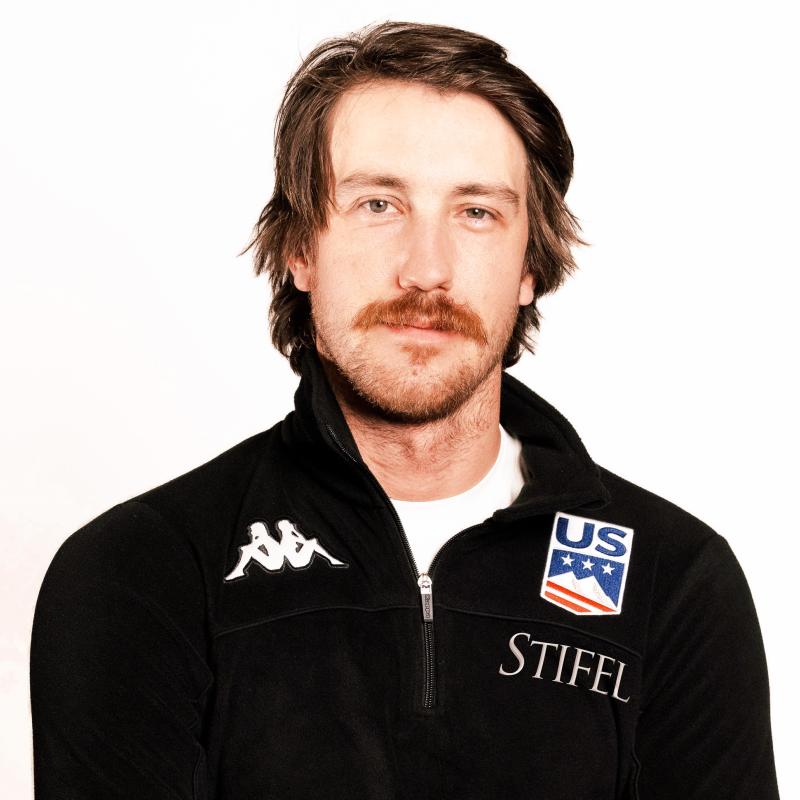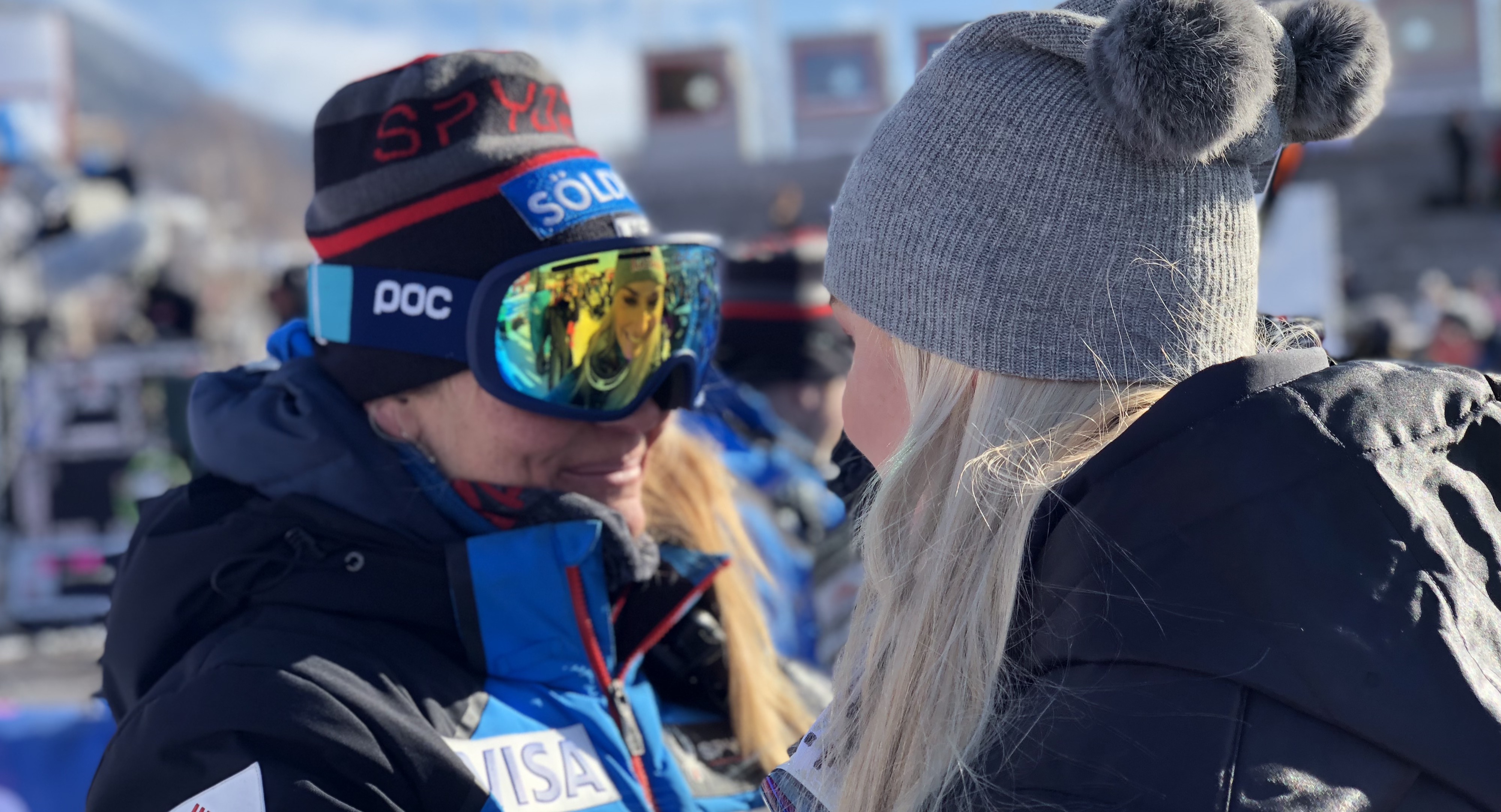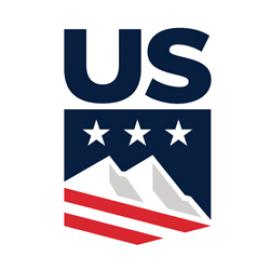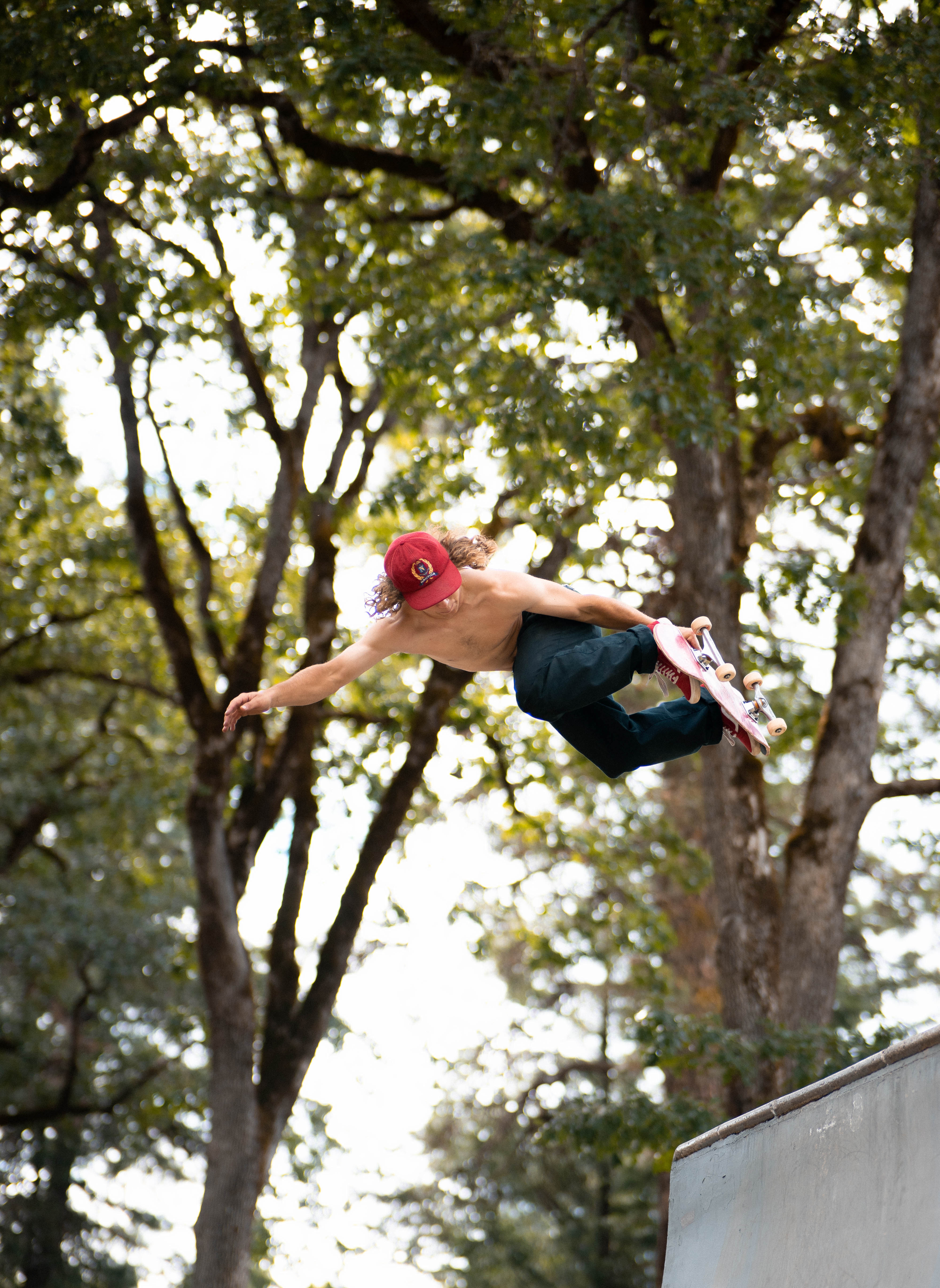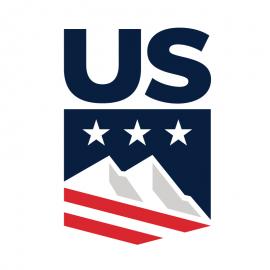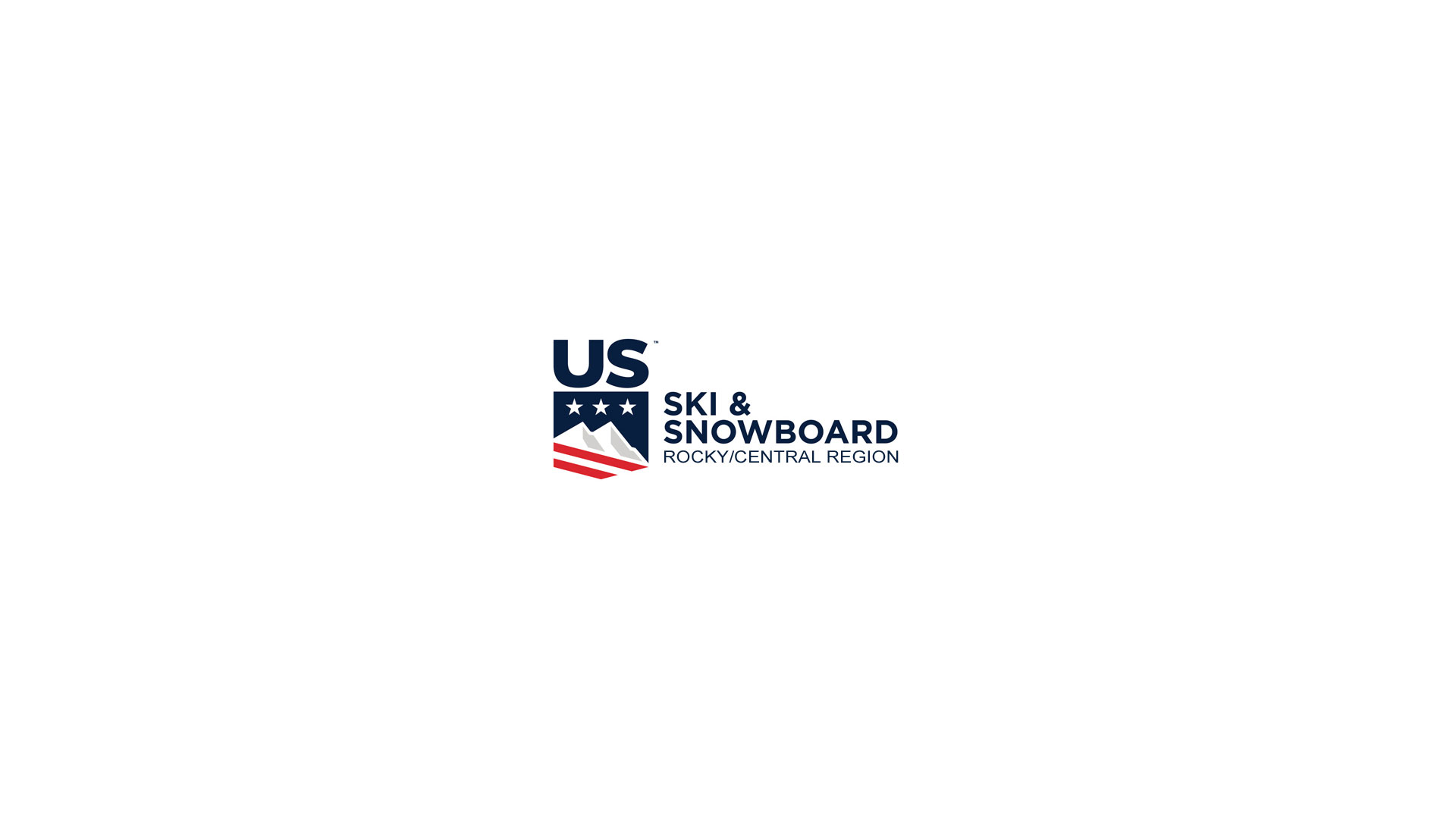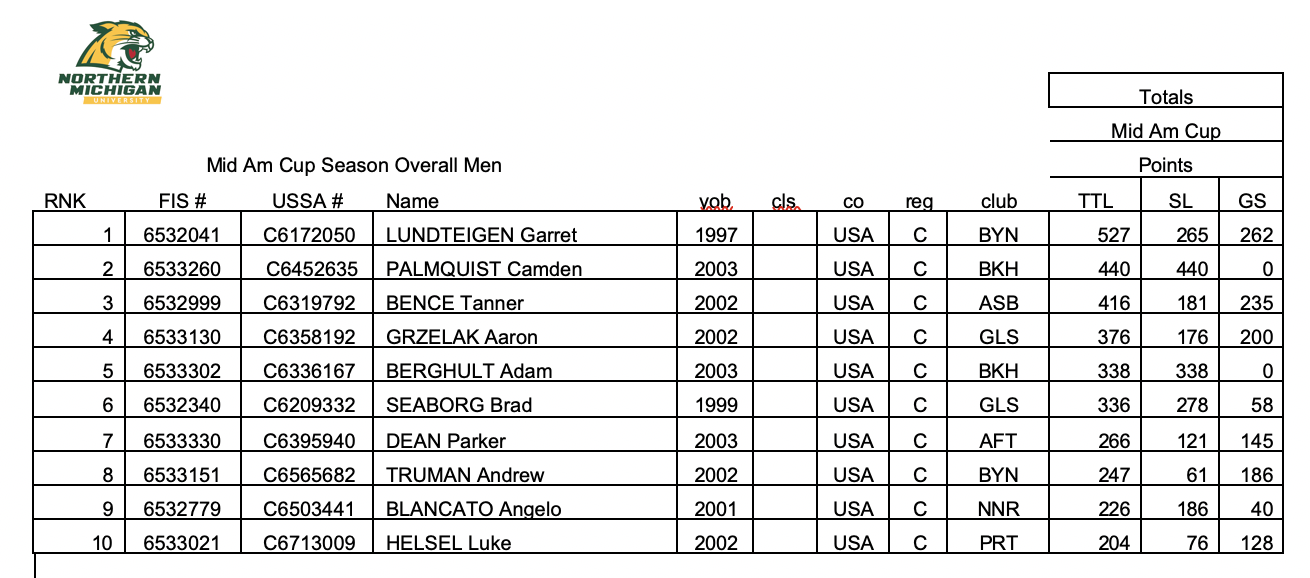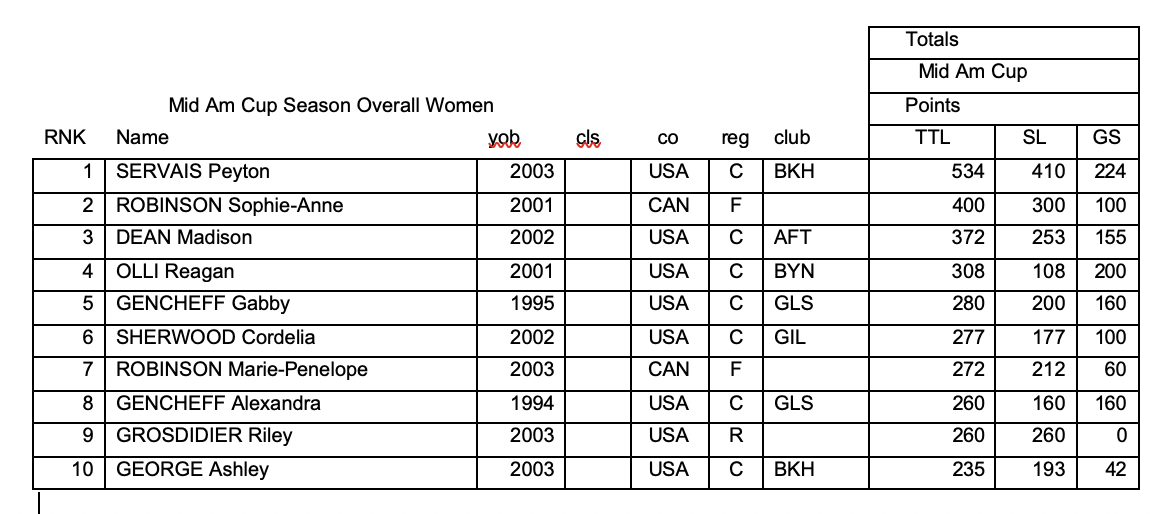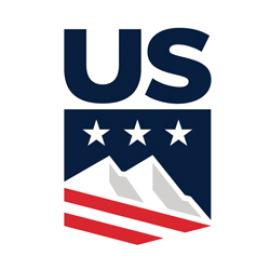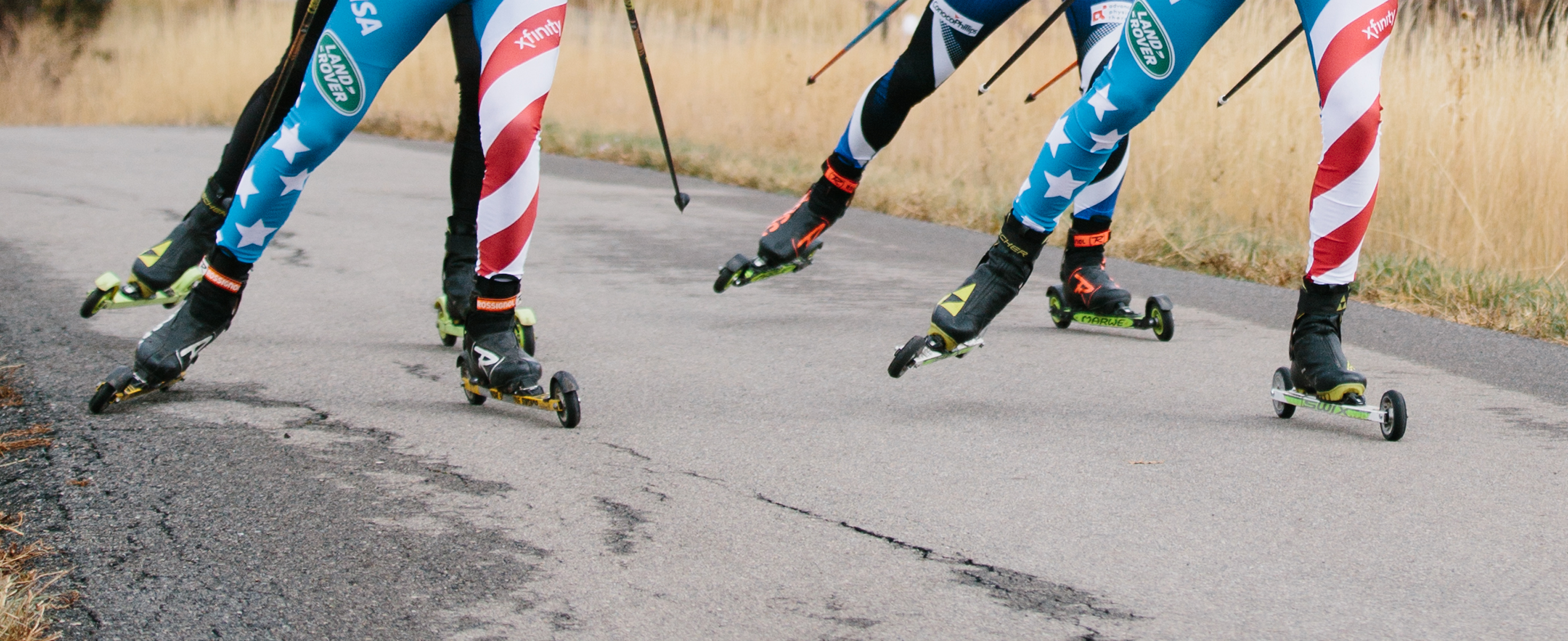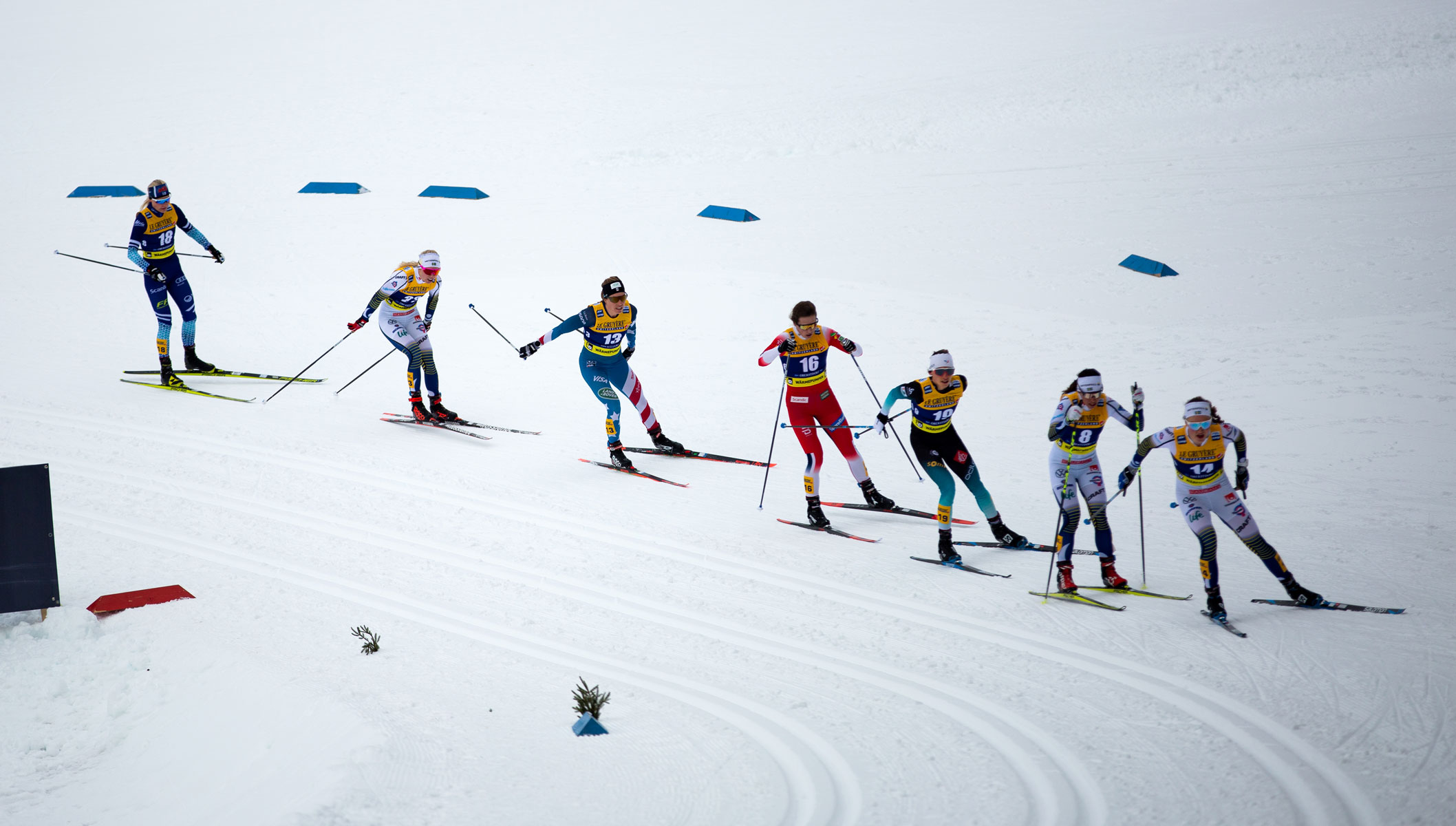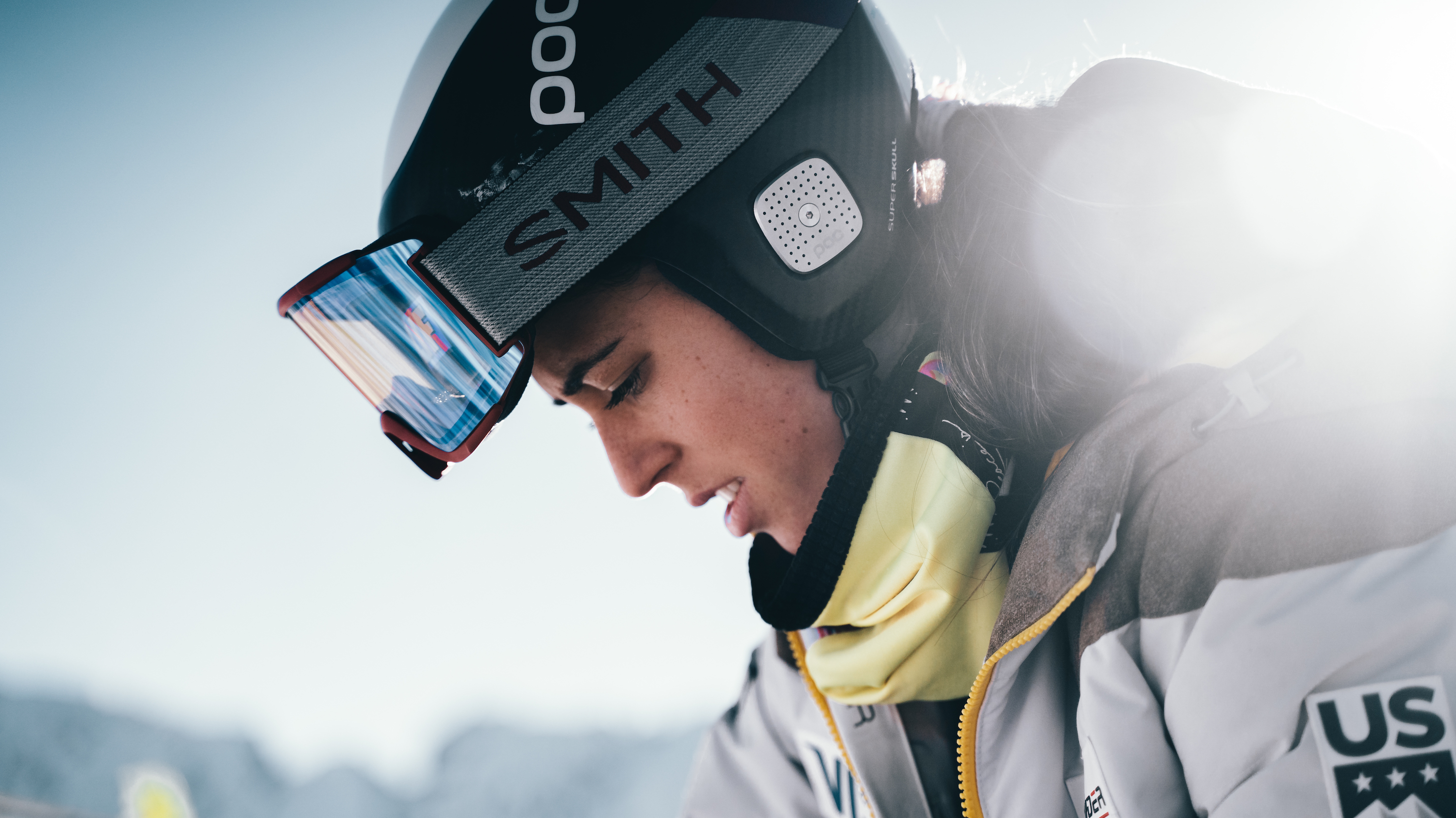NRL Points, Points lists, Seeding, FIS points... what does it all mean?
If you have been racing for a season (or a few seasons), you've likely heard of the U.S. Ski & Snowboard Points list, aka the National Ranking List (NRL). The faster you race, the lower your NRL points will be. An athlete's NRL points are used to seed athletes for U.S. Ski & Snowboard scored and sanctioned events, sometimes called NRL events or NRL races. SuperTour are NRL events. So are regional events like Besh Cups, Eastern Cups, or regional Junior National Qualifying races (JNQs). In a mass start event, the person with the lowest points gets the front and center starting position (the most advantageous position), 2nd lowest gets the next best start spot, 3rd lowest gets next, and so on and so forth. Seeding for interval start events is slightly more complicated, but in general, the lower your NRL points, the more advantageous your starting position in a race will be.
Getting NRL Points
You accrue NRL points by racing in NRL events. Race Points are calculated using a formula that involves your time back from the winner of the race, the formula differs for different competition formats. Your race points are then added to a penalty. The penalty is a measure of the level of competitors in the race. In a World Cup race, the penalty is 0. The winner of a World Cup race gets 0 points. In other events, the penalty is calculated using the NRL points of the top 5 racers. The race winner gets the Penalty for their NRL points. Everyone else get the penalty plus their race points (which are based on how far behind the winner you were). A racers points are based on their best 4 races in the last 12 months (for Overall points, 3 for sprint or distance points). As you improve as a racer, you will see your NRL points get lower and lower as you get closer and closer to the winner and/or compete in competitions with faster athletes.
National Ranking List
Each year U.S. Ski & Snowboard calculates 10 NRL lists. For 2020/2021 those lists close on: Oct 26th, November 9th, December 7th, December 21st, January 11th, February 15th, March 1st, March 15th, April 5th, and June 30th
Lists generally close on a Monday and become valid for competition the Thursday after they close. Closing means that all race results submitted prior to the closing date will be included in the List. Once a list becomes Valid it is used for seeding of any NRL events that occur until the next list date. The purpose of having so many lists throughout the year is so that races are seeded using points that are the most recent reflection of each athlete's current ability. If a racer improves dramatically over the course of the season, their points will improve from list to list, and they'll find themselves seeded in better and better spots as the season progresses. By logging into my.ussa.org you can use the Rankings feature of the dashboard to view the points lists. You can filter to see how you stack up Nationally or use filters to view just your age group or region.
Update to results and list 8
Note: there was a mistake in the points from the Girls 5km race at JNs. That has been fixed, and List 8 and 9 have been re-run, and list 10 will reflect the change.
List 10 - Scrubbing
Each year's June 30th list "scrubs" points from athletes without a Competitor license from the prior season. Athletes with General membership can compete in NRL events but do not develop a points profile. General members are scored in each event they compete in, but these points are only used for seeding if the athlete upgrades to a Competitor license within the season. An athlete may join as a General member to try out racing, then decide they like racing and upgrade to a Competitor license mid season. In this case, the upgraded Competitor would be given NRL points for the races they did while a General member during that season. If an athlete competes for the entire season as a General member, their points are removed from the system on List 10. If this athlete then joins as a Competitor for the next season, they start out as if they've never raced before and must develop a points profile all over again. General members or athletes who have never raced NRLs before are seeded with 990 points. An athlete with a Competitor license retains their points year to year and is seeded based on the points profile they have earned. Remember, the faster you race, the closer your points will get to 0.
The Equalizer
On the last list of the year, an Equalizer is applied. The Equalizer is a way to keep our NRL points accurate when compare to International Ski Federation (FIS) points. Most international races are FIS races and some high level domestic competitions (like the SuperTour) are both NRL and FIS events. The FIS points list is slightly different from the NRL points list and contains skiers from all over the world. An athlete may compete in European races and be seeded according to FIS points and accrue FIS points based on their result. If that athlete comes back to the U.S. and races an NRL event they will be seeded based on NRL points. NRL points don't necessarily equal FIS points. At the end of each season we look at athletes who competed in both FIS and NRL events and calculate an Equalizer. The NRL list is multiplied by the Equalizer to make NRL points more closely resemble FIS points. Because of this you may notice that your points change from List 10 of one season to List 1 of the next season. Everyone's points change by the same multiplier, so your ranking relative to others on the NRL does not change when applying the Equalizer. You can find lots of information on points here.
Scored vs. Non-Scored Races
Note that races containing only U14, U12, or younger athletes are NOT scored to the NRL. Only races containing U16 and older athletes are eligible to be scored to the NRL. If a U14 athlete wants to "race up" in age group against U16 and older athletes they can purchase the U14 Competitor License which will enable them to accrue NRL points and build a points profile. The U14 Competitor will not accrue points for racing against other U14s, only when they race against older athletes in NRL events.
Races for U14 and younger athletes may be sanctioned by U.S. Ski & Snowboard but are never scored to the NRL.
An email will be sent to all clubs who have hosted an NRL in the past 3 years with a link to the Schedule Agreement portal to host NRL races for 2020-2021. If you are hosting a race in 2020-2021 and don't get the email contact: J.J. Ehlers, Competition Services Coordinator
Feel free to contact me with questions, thanks for reading, and train well so you can improve your points profile next season!
